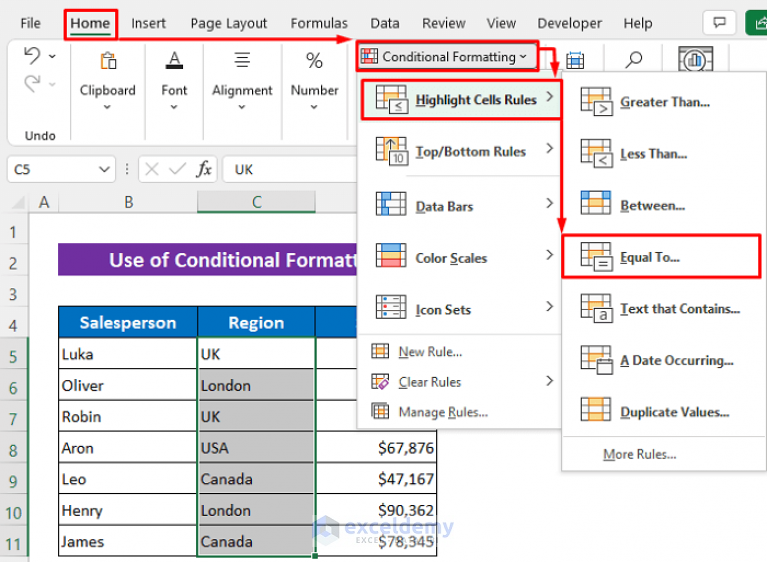5 Ways Nurses Manage Paperwork Efficiently

In the bustling world of healthcare, nurses are tasked with more than just providing direct patient care. An integral part of their responsibilities involves managing an ever-increasing amount of paperwork, from patient records to administrative tasks. Efficient paperwork management not only enhances patient care but also streamlines the work environment, reducing stress and potential errors. Here are five ways nurses can manage their paperwork effectively.
1. Digital Documentation

Transitioning from paper-based records to electronic health records (EHRs) has transformed how nurses handle documentation:
- Go Digital: Utilize EHR systems to reduce paper clutter. This not only saves space but also makes patient information easily accessible with search functions.
- Training: Ensure all staff are proficient with the software. Regular training sessions can help in navigating through the system with ease.
- Mobile Access: Many EHR systems now offer mobile apps, allowing nurses to update records right at the bedside, reducing the need for paper notes.
2. Time Management and Prioritization

Time management is key in dealing with paperwork:
- Set Schedules: Allocate specific times during your shift for paperwork to avoid the last-minute rush at the end of the day.
- Prioritize: Understand which tasks are urgent and which can be deferred. Immediate tasks might include patient care plans, while updating administrative records might wait until later.
- Use Breaks: Use any downtime or breaks to catch up on documentation rather than leaving everything for shift change.
🗓️ Note: Establishing a clear schedule and following it can significantly reduce the backlog of paperwork, ensuring smoother shift handovers.
3. Implement Checklists

Checklists are an excellent tool for ensuring that no critical information or task is overlooked:
- Standardize: Develop standardized checklists for common procedures and tasks. This helps in maintaining consistency across different shifts and staff.
- Daily and Shift Checklists: Create daily or shift-specific checklists to track patient assessments, medication schedules, and administrative duties.
- Accessibility: Keep checklists accessible both in paper form and digitally within the EHR system for easy reference.
4. Delegation and Teamwork

No nurse is an island. Here’s how to leverage teamwork for better paperwork management:
- Delegate Tasks: Assign administrative duties to less clinical staff when possible, freeing up time for direct patient care.
- Team Huddles: Quick team huddles at the start and end of shifts can ensure everyone is aware of their responsibilities and any pending documentation.
- Create a Support System: Encourage a culture where nurses feel comfortable asking for help with documentation when needed.
5. Use Technology and Tools

Beyond EHRs, other technological tools can help manage paperwork:
- Speech-to-Text: Use speech-to-text software to dictate notes directly into the patient records.
- Barcode Scanning: Implement systems where patient wristbands can be scanned to automatically pull up records, reducing manual entry.
- Apps and Software: Utilize nursing apps designed to manage schedules, medication administration, and documentation.
🔗 Note: The adoption of new tools should be gradual with continuous feedback to ensure they meet the practical needs of nurses.
In wrapping up, efficient paperwork management is not just about keeping the paperwork in order but about enhancing the quality of care provided. By incorporating digital documentation, smart time management, standardized checklists, effective delegation, and the use of modern tools, nurses can reduce the burden of paperwork, allowing more time for what truly matters—patient care. Integrating these practices not only streamlines administrative duties but also promotes a more collaborative and less stressful work environment.
What is the most efficient way to reduce paperwork in nursing?

+
The most efficient way to reduce paperwork is by transitioning to electronic health records (EHRs). EHRs minimize paper usage, allow for instant access to patient records, and streamline documentation processes.
How can nurses better manage their time for paperwork?

+
Nurses can manage time by setting specific times for paperwork, prioritizing tasks, using any downtime for documentation, and delegating non-clinical administrative duties when possible.
Are there any tools or apps specifically for nurses to manage paperwork?

+
Yes, there are numerous apps and software solutions designed for nurses like EHR mobile apps, speech-to-text software, and apps that manage schedules and patient documentation.
Can checklists help with nursing documentation?

+
Absolutely. Checklists ensure that all necessary documentation is completed without missing critical information, which is crucial during shift changes or when dealing with complex patient cases.
How important is delegation in managing nursing paperwork?

+
Delegation is essential as it allows nurses to focus on patient care while administrative tasks are handled by support staff or technology, leading to more efficient workflow and reduced administrative burden.



